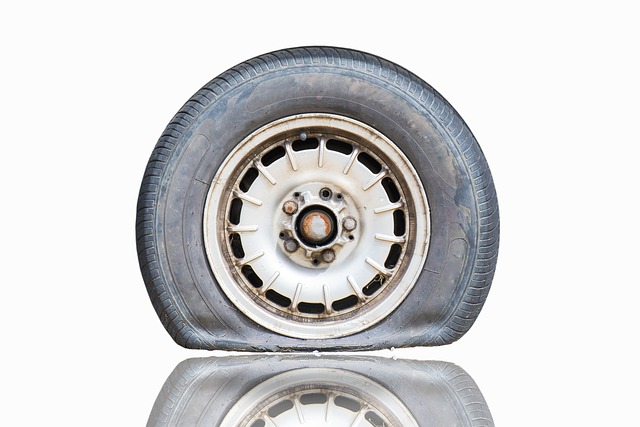Low Tire Pressure – When the air pressure of your tire reduces to a significant level, it is regarded as a flat tire. This situation may arise due to several reasons, like a puncture, a tire defect, an over-use, etc.
Driving on a low-pressure tire is a very dangerous thing to do. According to a study by the National Highway Traffic Safety Administration, at least one in three SUVs, light trucks, and passenger cars are driven with one low-pressure tire.
A low-pressure tire is one of the main causes of accidents that result from tire failures. If the air pressure of the tire is too low, the entire surface area of the car will touch the road, this will definitely increase friction. When the friction of the tire has increased, it leads to wear, the separation of threads, and the eventual blowout of the tire.
The blowout of a tire can endanger the life of the driver of the vehicle in question, it will also jeopardize the safety of the other road users. In some severe cases, when a tire blows out, the driver may frightfully lose hold of the car and this could lead to a crash, and in the course of trying to avoid the crashing car, other vehicle drivers may want to swerve away from it and in the process crash their own cars as well.
Vehicle manufacturers recommend that drivers should check the air pressure of their tires at least once in one month as routine maintenance, however, some drivers never heed to this recommendation, as long as their tires appear to be inflated. But the bottom line is, you must not trust your eye-gauge. You may look at some tires and think they are in the right air pressure not knowing that the air pressure is low, it can be confusing at times.
Ways to Determine the Right Tire Pressure for your Vehicles
Never depend on the pressure you see on the surface of the tire. It is not the pressure recommended by the tire manufacturer, rather it is the value of the pressure that can be allowed for that particular tire.
Check the owner’s manual to see the manufacturer’s recommendation of air pressure.
As soon as you have known the recommended air pressure of the tire, you can go ahead to get a pressure gauge. Digital air pressure gauges are better.
As a routine activity, it is recommended that you check the air pressure of your tire at least once every month. You may also need to check the air pressure if you are about to take a long trip. The air pressure may also go down when the car has not been moved for a very long time.
Summary
It is practically impossible to give a direct answer to this particular question because low pressure varies with respect to the manufacturer’s recommendation. therefore, the level of low that will be safe for one tire may be fatal for another tire.
That notwithstanding, if the tire is visibly flat then you should completely avoid driving on it, as it can be very dangerous. Even if you decide to drive a couple of kilometers carefully such that you do not jeopardize the safety of other drivers and road users, it will lead to further damage to your tire unless there is a nearby service station.

